Maximizing Efficiency with Height-Adjustable Desks
Chosen theme: Maximizing Efficiency with Height-Adjustable Desks. Discover strategies, stories, and evidence-backed habits to transform your sit-stand routine into measurable productivity, deeper focus, and lasting comfort—without sacrificing energy, creativity, or the joy of great work.
Start with 25–30 minutes seated and 10–15 minutes standing, adjusting until you feel alert without fatigue. Small, regular changes beat long, infrequent shifts. Share your favorite interval pattern and why it works for you.
Movement-Driven Focus: The Science Behind Sit-Stand Efficiency
Set desk height so elbows rest near 90 degrees and shoulders stay relaxed. Keep the monitor’s top edge at eye level. These baselines prevent tension, protecting focus. Comment with your height settings for sit and stand.
Movement-Driven Focus: The Science Behind Sit-Stand Efficiency

Match Tasks to Posture
Use standing for quick triage, whiteboard thinking, and short calls; sit for long-form writing and analysis. Align posture with cognitive load. Tell us which tasks feel sharper standing and which flourish when seated.
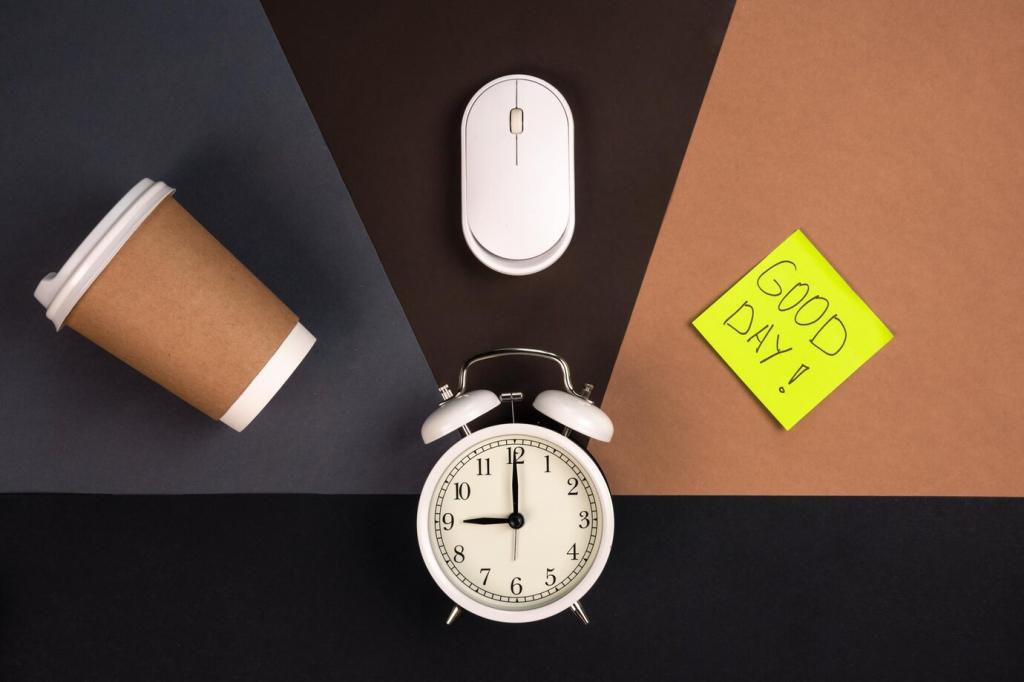
Timing Tools and Gentle Cues
Set quiet timers or use calendar nudges that align with natural breaks. Choose soft chimes over jarring alarms. The goal is rhythm, not disruption. Which timer app keeps your flow without startling you?
Case Story: Beating the 3 p.m. Slump with a Sit-Stand Rhythm

The Turning Point
Maya noticed her code reviews slowed after lunch. She tried a simple cue: stand for every handoff meeting, then stay standing for the next task. Within a week, the foggy lull vanished. What’s your inflection point?

Measurable Wins
She tracked two metrics: review throughput and subjective focus. Throughput rose 18% in four weeks, and focus scores climbed from 6/10 to 8/10. Have you measured changes since adopting sit-stand habits? Share your numbers.

Team Momentum
Her team added shared stretch breaks at 2:55 p.m. and began standing for daily syncs. Meetings shortened, decisions sped up, and morale lifted. Would your team try a standing sync? Invite them and report back.
Supportive shoes and an anti-fatigue mat reduce joint strain during standing sessions. Rotate your stance and avoid locking knees. Drop a comment with your favorite mat model and why it improved your comfort.

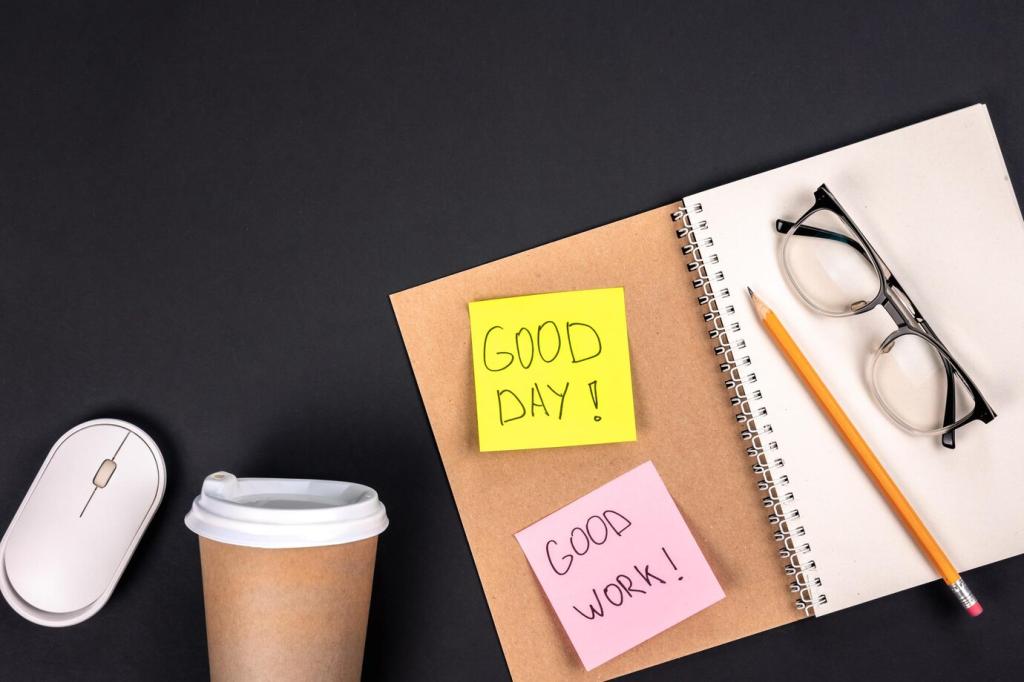
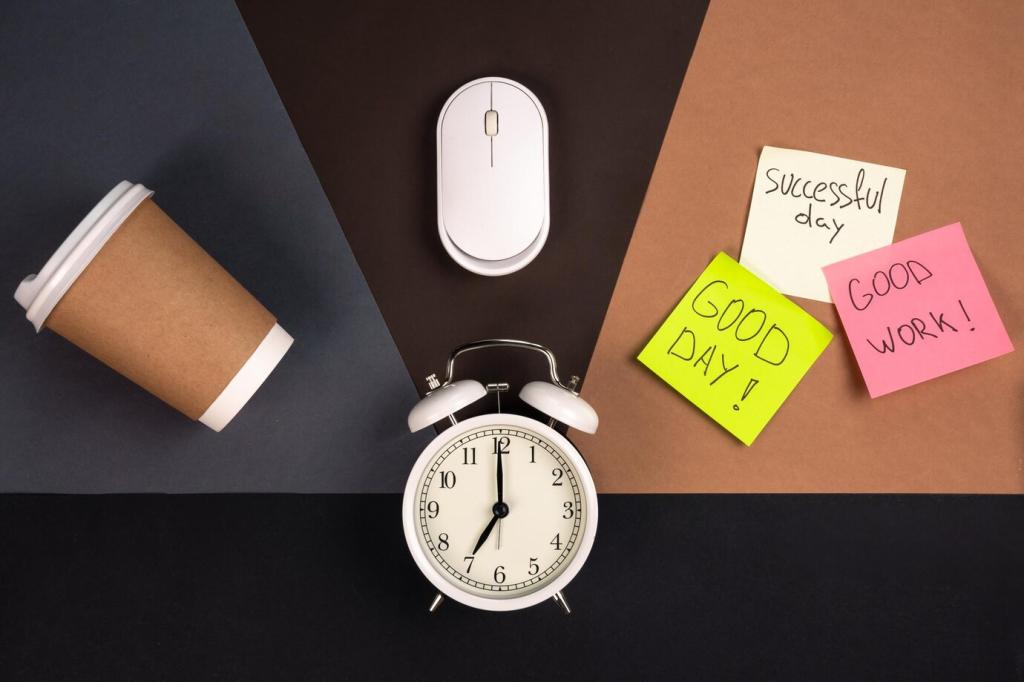
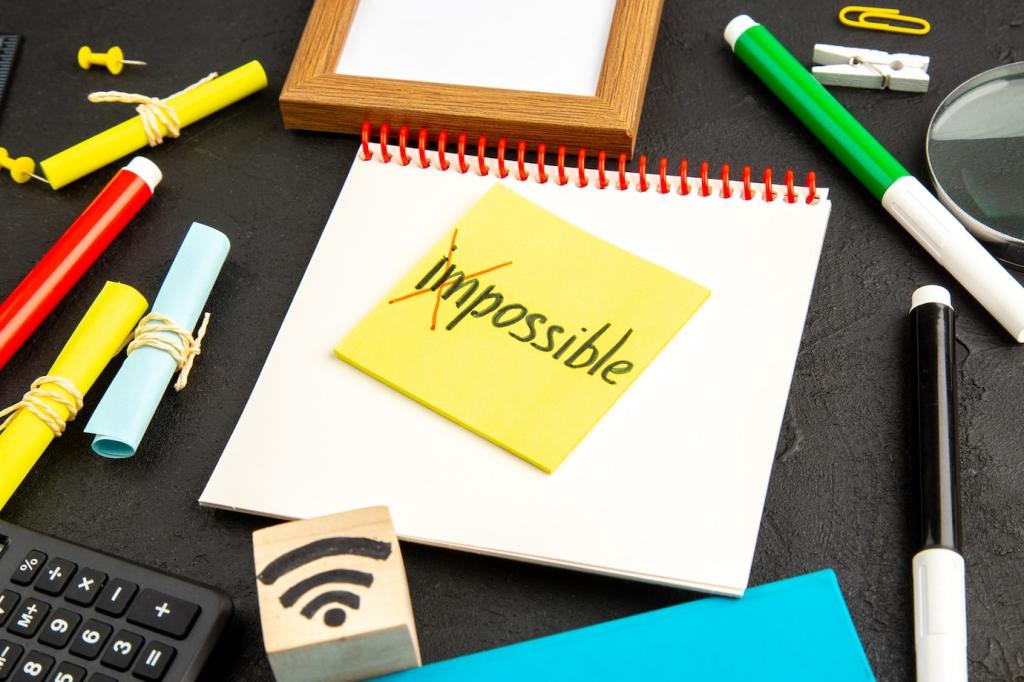
Remote, Hybrid, and Shared Spaces: Make It Work Anywhere
In tight spaces, choose a compact desk, wall-mounted arm, and foldable mat. A narrow setup can still support full ergonomics. Describe how you’ve made a small corner deliver big productivity gains.
Switch posture during long meetings by muting softly, moving slowly, and stabilizing the camera. Share a prepared script: “Switching to stand for energy.” What etiquette keeps your transitions smooth and respectful?
Label height presets for each person and book standing windows to avoid noise conflicts. A shared calendar reduces friction. Tell us how you coordinate different users while keeping everyone comfortable and effective.
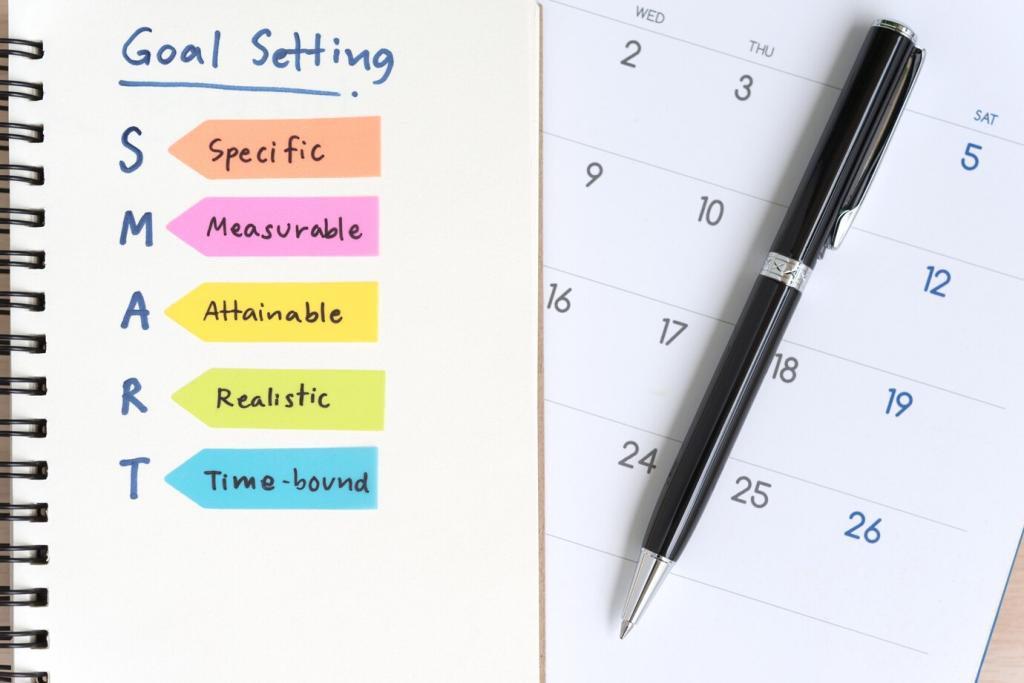
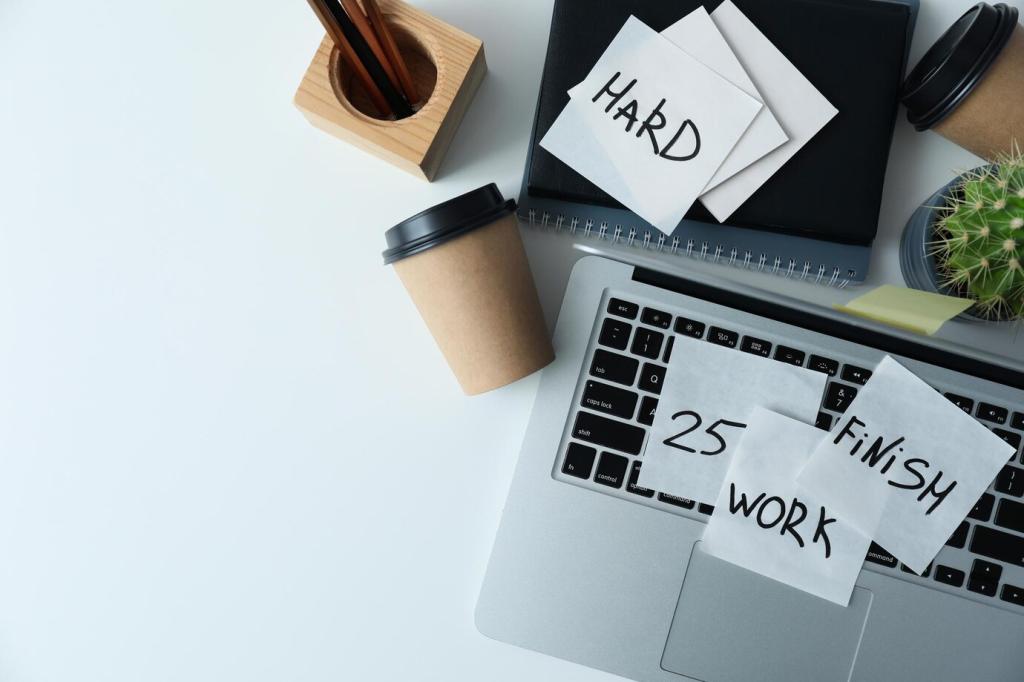
Make It Stick: Habits, Data, and Community
Log posture intervals, discomfort levels, and deep-work output weekly. Look for trends, not perfection. If a metric doesn’t guide action, drop it. Which single datapoint best predicts your best workdays?
Make It Stick: Habits, Data, and Community
Try a five-day challenge: stand for kickoff, sit for drafting, stand for editing. Reward consistency, not streaks. Invite a colleague to join and compare notes in the comments to stay accountable.
